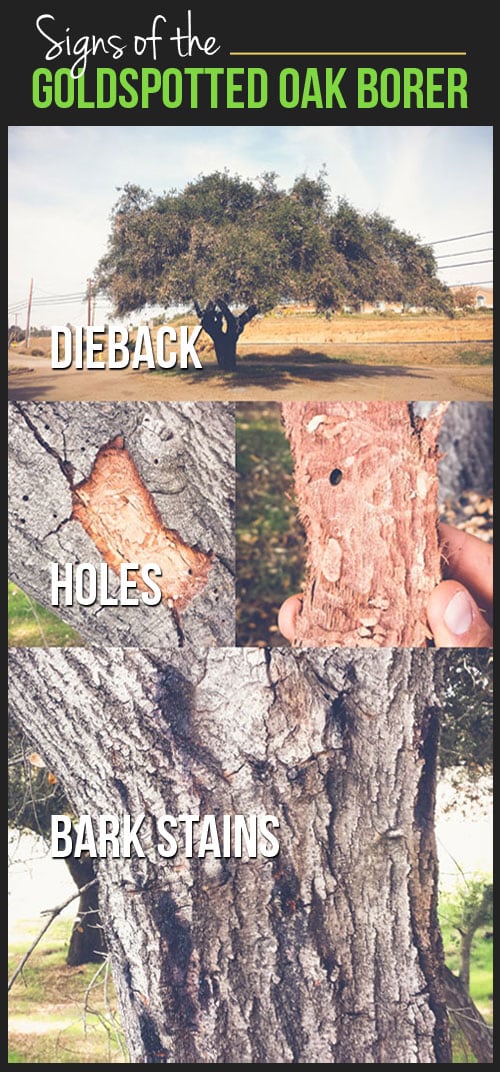Determine Essential Signals That May Suggest Your Tree Is Hazardous; Recognizing These Can Aid Guarantee The Safety Of Your Residential Property And Loved Ones.What Should You Observe Following?
Determine Essential Signals That May Suggest Your Tree Is Hazardous; Recognizing These Can Aid Guarantee The Safety Of Your Residential Property And Loved Ones.What Should You Observe Following?
Blog Article
Short Article Writer-Vogel Hubbard
When it involves tree treatment, acknowledging the signs that it's time for removal is crucial for your security and property. You could discover stained leaves, wilting branches, or strange fungal developments suggesting illness. Structural concerns, like a significant lean or fractures in the trunk, can also pose threats. Understanding these indication can help you make notified decisions about your trees and prevent potential risks hiding in your backyard. What should you seek next?
Indicators of Decay and Disease
When you see indications of decay and condition in your trees, it's essential to act promptly. Search for tarnished fallen leaves, wilting branches, or unusual developments like fungi. These can indicate that your tree is having a hard time.
If you see fractures in the bark or soft, mushy wood, these symptoms suggest internal degeneration. In addition, an abrupt increase in insects around your tree can signify that it's compromised and vulnerable.
Look for https://burningstumps72615.blog5star.com/35771749/seasonal-tree-treatment-when-and-just-how-to-prune-for-maximum-growth or dying arm or legs, as they pose a danger to your property and safety. If you doubt concerning what you see, seeking advice from an arborist can give clarity.
Attending to these signs early can conserve you from a lot more extensive damages and ensure the health of your yard. Do not wait until it's too late.
Structural Instability and Leaning
As you observe your trees, watch out for any signs of structural instability or leaning. If a tree leans considerably, it might show that the root system is endangered.
Look for any cracks in the trunk or dirt around the base; these can signify possible failure. Additionally, look for unusual growth patterns, like a lopsided crown, which may suggest that the tree is battling to hold itself upright.
If Suggested Reading observe that the tree favors your home, power lines, or other structures, it positions a higher risk. https://kwwl.com/2020/08/27/city-of-marion-to-begin-hazardous-tree-removal-services/ overlook these indications-- get in touch with an arborist to analyze the situation.
Acting early can stop costly damages and ensure your safety and security.
Dead or Dying Branches and Vegetation
If you see dead or dying branches and vegetation on your tree, it's a clear sign that something's incorrect.
These harmful locations can indicate underlying concerns like illness, bug problems, or ecological tension. When branches shed their leaves or turn brown, they're no longer adding to the tree's health and wellness. Ignoring these indicators might bring about more decline, making your tree a lot more dangerous.
Dead branches can quickly break off during tornados, presenting a risk to home and individuals close by. It's essential to examine the degree of the damage.
If the issue affects a substantial part of the tree, think about speaking with an expert. They can help figure out if elimination is necessary to ensure security and preserve the beauty of your landscape.
Verdict
If you notice any indicators of degeneration, architectural instability, or dead branches on your trees, do not disregard them. These signs can posture significant security threats to you and your property. It's always best to speak with an expert arborist who can supply an expert assessment of your trees. Doing something about it early can prevent crashes and costly damage, guaranteeing your landscape continues to be safe and healthy. Keep in mind, it's much better to be proactive about tree care than to wait on a catastrophe to occur.
